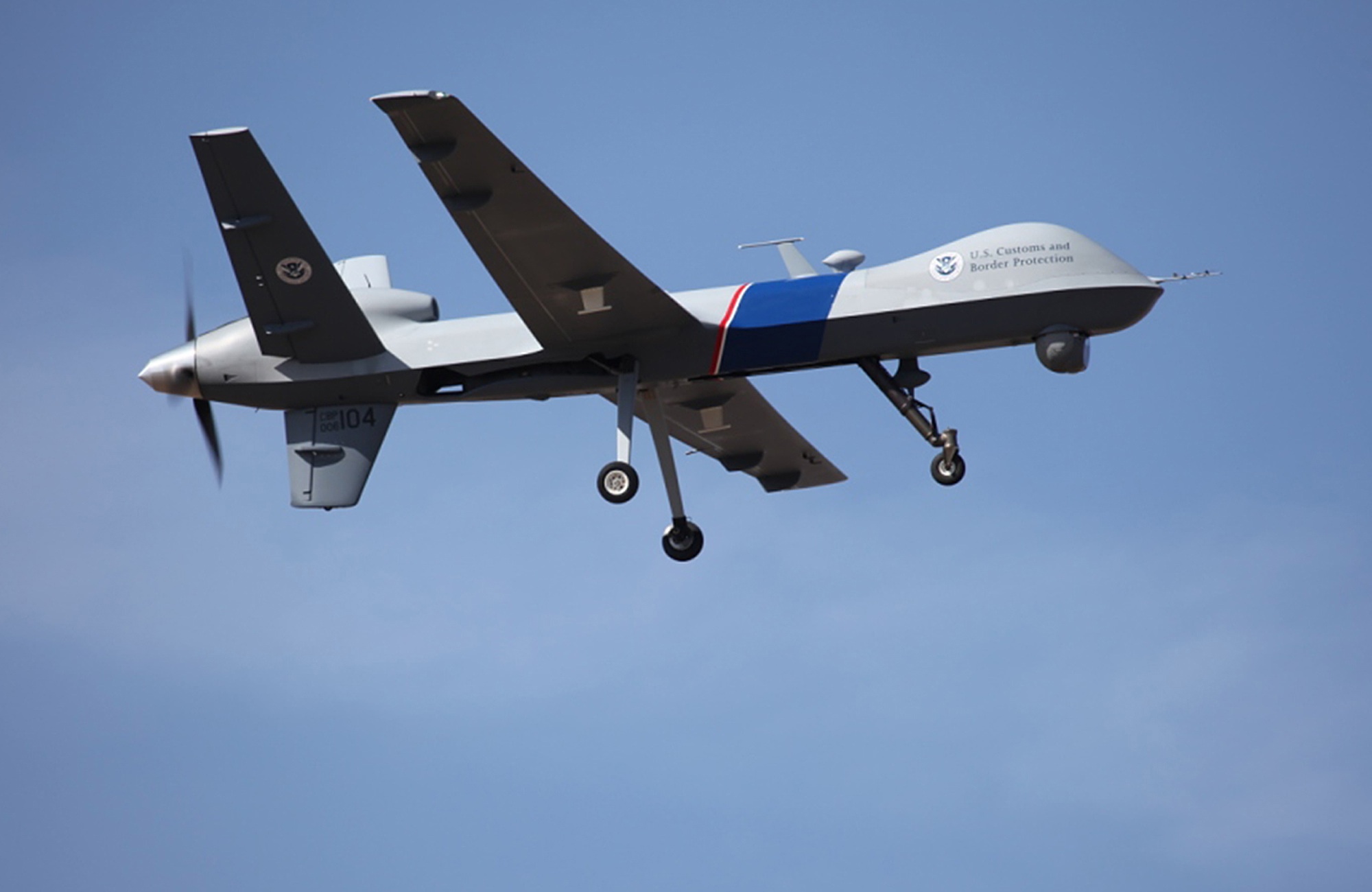Drones don't mirror U.S. values, laws
Tuesday, April 9, 2013
As the United States' use of predator drones for assassinations of suspected terrorists has risen, so has the global harm of an American policy that appears to make extra-judicial executions the hallmark of constitutional and democratic hypocrisy. Indeed, it's hard to argue with the statistics cited the past two days in a New York Times report. Building on a foundation established in the post 9/11 era by the former Bush administration, President Obama has clearly raised the ante on the use of predator drones. In his own tenure, The Times reported, U.S. counter-terrorism strikes, delivered mainly by 400 unmanned drones, have killed roughly 3,000 people.
Most deaths were in Pakistan, where 365 drone attacks have taken place. Another 45 attacks were in Yemen, and a few were in Somalia. In a couple of cases, two Americans have been essentially executed without trial. The death toll includes not just the targeted suspects and their cohorts, but apparently many innocent civilians and families.
Most of the killings have been in the remote and mountainous tribal areas of Pakistan, where al-Qaida supporters of the Taliban along the border of Afghanistan have also helped Pashtun-fueled war against Pakistan's central government and military.
The drumbeat of drone attacks in Pakistan, according to The Times, reflects a secret deal that has long seemed transparent. The CIA made a pact with Pakistan's notorious Inter-Services Intelligence agency, the ISI, which tacitly allowed the U.S. to go after suspected al-Qaida-related terrorists.
That deal surely reflected Pakistan's desire for retribution against al-Qaida operatives for their aid to Pashtun tribes (roughly 30 million Pashtuns live on both sides of the Pakistan-Afghanistan border) who have long aspired to an independent land of Baluchistan. The Times' disclosure of the secret deal with the ISI further clouds the rationale for so many drone attacks in Pakistan's tribal areas: Were some assassinations made purely to help the ISI?
Because remote-control drone attacks are usually directed from posts thousands of miles away, they rarely entail deadly risk to U.S. troops and CIA agents, who might otherwise be called into high-risk operations to capture leaders guarded by heavily armed loyalists. But that apparently has become the rationale for wider use of predator drones versus hazardous military operations.
Regardless, the nation is paying a high price in moral standing around the world and to our own values. Heavy use of drones not only has killed or harmed innocent civilians, it also has made it easier to discount moral and legal issues surrounding both collateral damage and de-facto executions without trials.
Such issues are apparently behind the Obama administration's recent proposal to shift responsibility for predator drones from the CIA and its Counter-Terrorism Center to the Pentagon. That's an essential first step toward a more transparent operational and oversight structure for drones - at least if drones are not assigned to the special operations arena that runs black ops.
In any case, bringing predator drone use under a broader legal framework cannot occur too soon. The default use of drones - spawned in 2004 in a time of intense criticism about the CIA's use of secret prisons in foreign countries to detain, interrogate and essentially torture suspected terrorists - has effectively transformed the CIA from a spy and intelligence service to a paramilitary force that uses assassination more than interrogation.
The abrupt change of its culture has not only reversed the ban on secret CIA assassinations that brought the agency to a low-point in 1975. It also has made it the symbol of America's brutal legal hypocrisy toward due process and responsibility for legal rights. If shifted to the Pentagon, at least oversight of predator drone attacks would be under a more appropriate umbrella of bona fide military action.
That would get the nation's spy agency off the hook of international disdain and allow some rehabilitation. And it should produce a better-defined legal infrastructure for the use of drones. Given the rising prospects of spreading drone use by the nation's law enforcement agencies, that can't happen too soon.

